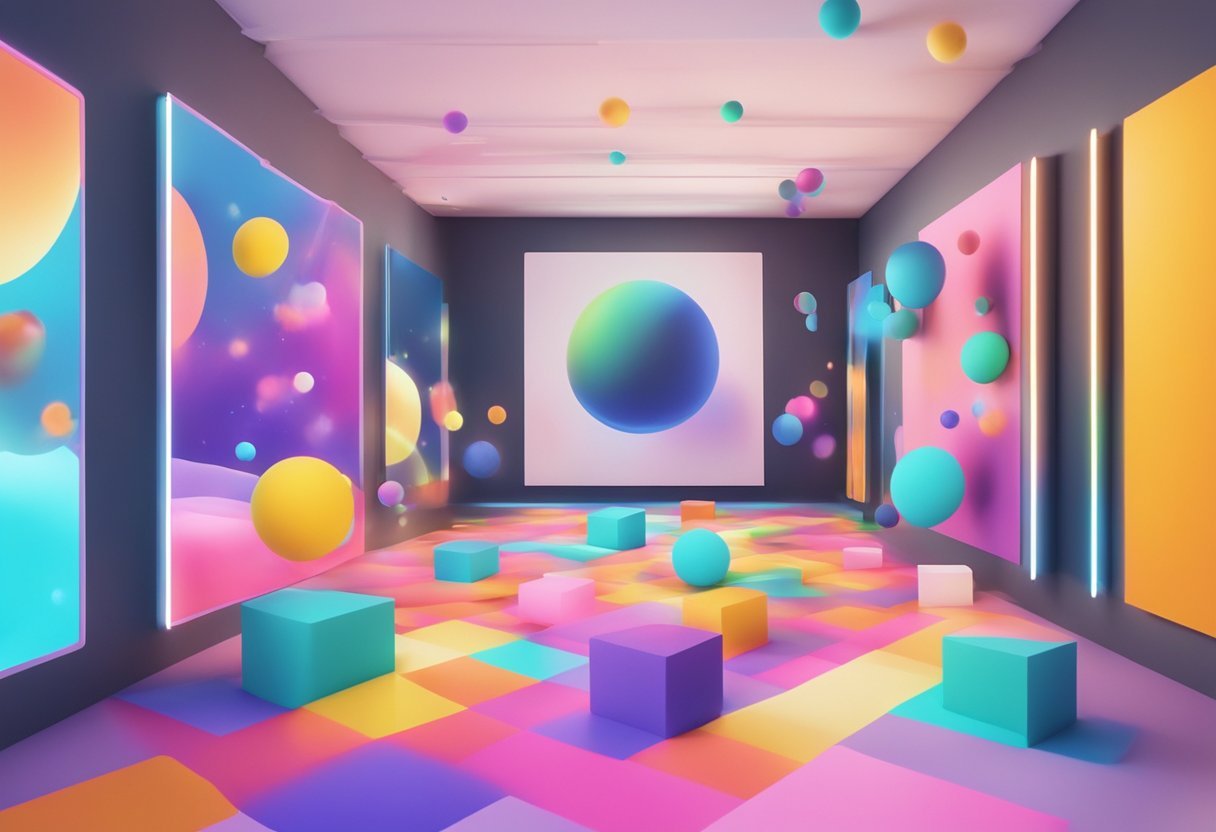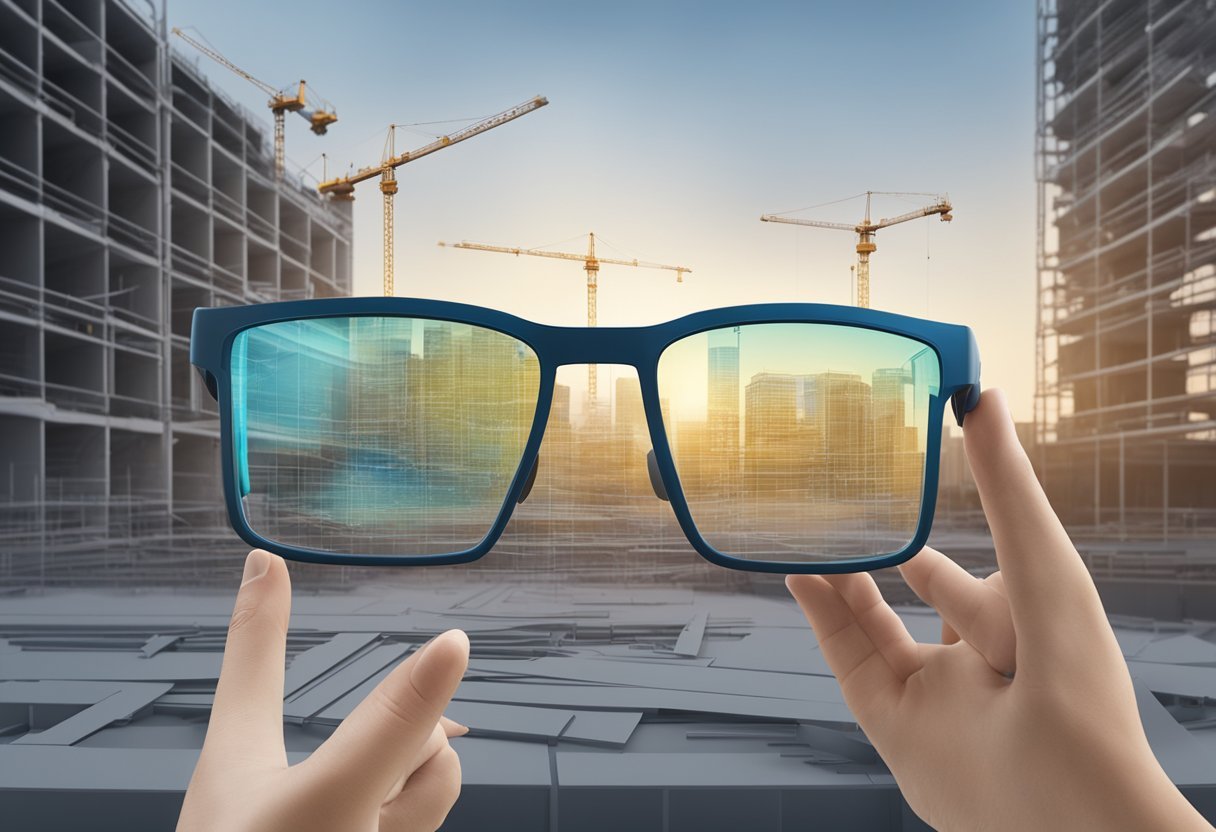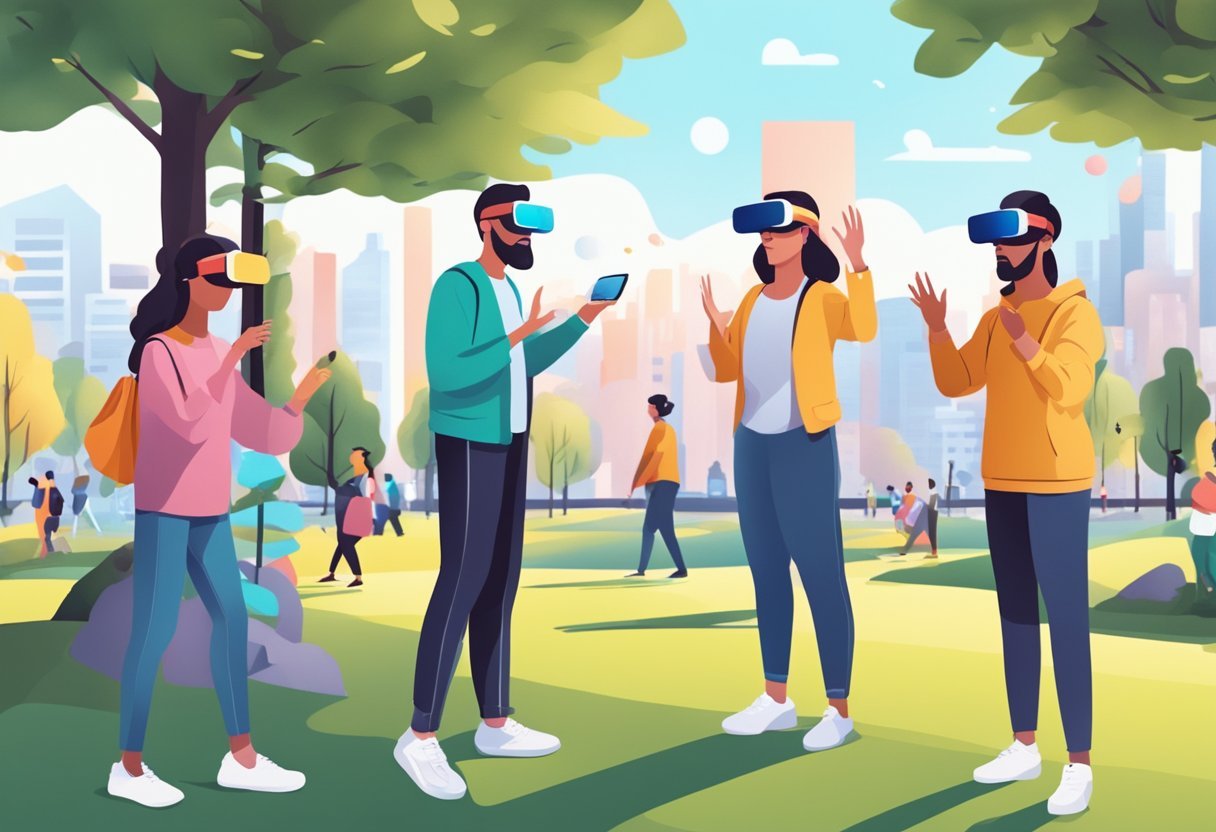AR effects are becoming increasingly popular in today’s digital world. Augmented reality (AR) is a technology that superimposes computer-generated images on the user’s view of the real world, creating a composite view. AR effects are computer-generated effects that are layered over the real-life image your camera displays, which can be used to create interactive experiences for users. In this blog post, I will walk you through the process of creating, using and sharing ar effects.
AR effects are used in a variety of applications, from gaming to advertising. They allow users to interact with their surroundings in new and exciting ways, creating a more immersive experience. AR effects are also being used in social media platforms like Instagram and TikTok to create fun and engaging content. Users can create their own AR effects or use pre-made ones to enhance their posts.
Understanding AR Effects
The Basics of AR and AR Effects
Augmented Reality (AR) is a technology that overlays digital information on the physical world. It uses computer-generated graphics, sounds, and other sensory inputs to enhance the user’s perception of reality. AR is different from Virtual Reality (VR) in that it does not create a completely new environment but instead augments the existing one.
AR effects are digital overlays that can be added to photos, videos, and live streams. These effects can be used to enhance the user’s experience by adding interactive elements, animations, and sound effects. AR effects can be used for entertainment, marketing, and educational purposes.
AR effects are created using software development kits (SDKs) provided by social media platforms such as Facebook, Instagram, TikTok, and Snapchat. These SDKs provide developers with tools to create custom AR effects that can be used by users on these platforms.
AR Effects in Social Media
AR effects have become increasingly popular on social media platforms. Social media platforms such as Instagram, TikTok, and Snapchat have integrated AR effects into their platforms to enhance the user experience.
Instagram has a feature called “AR filters” that allows users to add AR effects to their photos and videos. These filters can be created by anyone using Facebook’s Spark AR Studio, which is a free software development kit.
TikTok has a feature called “Effects” that allows users to add AR effects to their videos. These effects can be created using TikTok’s built-in tools or by using third-party software development kits. Snapchat has a feature called “Lenses” that allows users to add AR effects to their photos and videos. These lenses can be created using Snapchat’s Lens Studio, which is a free software development kit.
AR effects have become a popular way for brands to engage with customers on social media. Brands can create custom AR effects that users can use on social media platforms to promote their products and services. AR effects can be used to create interactive experiences that engage users in a fun and memorable way.
Creating AR Effects
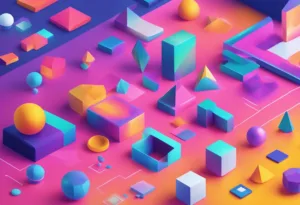
Creating AR effects, particularly for platforms like Instagram, typically involves using specialized software like Spark AR Studio. Here’s a step-by-step guide on how to create an AR effect:
- Download and Install Spark AR Studio: Begin by downloading and installing Spark AR Studio on your computer.
- Familiarize Yourself with the Interface: Spend some time getting to know the Spark AR Studio interface and its features.
- Start a New Project: Open Spark AR Studio and start a new project. Choose a template or start from scratch.
- Add Objects and Assets: Import 3D objects or other assets into your project. You can create these assets or download them from a library.
- Create the Effect: Use the various tools in Spark AR Studio to manipulate your objects and create the desired effect. This could involve adding animations, changing textures, or implementing interactive features.
- Test Your Effect: Use the Spark AR Player app or the built-in webcam feature to test your effect in real-time and make sure it works as expected.
- Tweak and Refine: Based on testing, make any necessary adjustments to improve the performance or appearance of your effect.
- Submit Your Effect: Once you’re satisfied with your creation, follow the submission process in Spark AR Studio to send your effect for review.
- Publish: After your effect passes the review process, it will be published and available for users to apply to their content on the respective platform.
Remember, creating compelling AR effects requires creativity and a good understanding of the software tools at your disposal. It’s also important to keep the platform’s guidelines in mind to ensure your effect is approved for use.
Creating AR effects can be a fun and rewarding experience for designers and creators. There are several tools available to help users create AR effects, including Spark AR Studio and Effect House for TikTok Creators. In this section, we will explore these tools and their features.
Design and Development Tools
Designers and creators can use several design and development tools to create AR effects. These tools include templates, face filters, filters, 3D objects, visual scripting, audio files, and animation. Designers can use these tools to create unique and engaging AR effects that can be shared with others.
Spark AR Studio Overview
Spark AR Studio is a powerful design tool that enables designers to create AR effects for Instagram and Facebook. The tool is designed to be user-friendly and accessible to designers of all skill levels. Spark AR Studio includes a range of features, including visual scripting, face tracking, and animation tools, which can be used to create engaging AR experiences.
Spark AR Studio also provides users with access to a range of tutorials and video tutorials, which can help designers learn how to use the tool effectively. Designers can download templates and sample projects from the Spark AR Studio website to help them get started.
Effect House for TikTok Creators
Effect House is a powerful AR tool that makes it easy for TikTok creators to create, publish, and share high-quality augmented effects for TikTok. The tool is designed to be accessible to both beginner and advanced designers and developers. Effect House provides users with access to a range of features, including visual scripting, 3D object creation, and animation tools, which can be used to create engaging AR experiences.
Effect House also provides users with access to a range of tutorials and video tutorials, which can help designers learn how to use the tool effectively. Designers can download templates and sample projects from the Effect House website to help them get started.
Publishing and Sharing AR Effects

Guidelines and Publishing Process
Publishing AR effects can be a great way to reach a wider audience and engage with your followers. However, it is important to follow the guidelines and publishing process to ensure that your effects are approved and available to your intended audience. The following are some guidelines to keep in mind when publishing AR effects:
- File size: AR effects should be no larger than 5 MB in size. This is important to ensure that the effect can be loaded quickly and easily on various platforms.
- Quality: AR effects should be of high quality and visually appealing. This will help to attract more users and increase engagement.
- Platform: When publishing AR effects, it is important to choose the right platform. Meta Spark Hub is a good place to start, as it allows you to submit your effects to Facebook and Instagram.
To publish an AR effect on Meta Spark Hub, follow these steps:
- Create your AR effect using AR software.
- Save your effect as a .glb file.
- Go to the Meta Spark Hub and sign in.
- Click on the “Create” button and select “Effect” from the drop-down menu.
- Fill out the required information, including the name of your effect, a description, and the platform you want to publish on.
- Upload your .glb file and any necessary assets.
- Submit your effect for review.
Sharing and Distribution on Platforms
Once your AR effect has been approved, you can start sharing it on various platforms. The following are some tips for sharing and distributing your AR effects:
- Instagram Stories: When someone visits your Instagram profile, they’ll see your effects in the Effects tab. You can also share your effects in your Instagram Stories by selecting the effect and then sharing it with your followers.
- Facebook: You can share your AR effects on Facebook by selecting the effect and then sharing it with your followers or posting it on your Facebook page.
- TikTok: TikTok allows you to add AR effects to your videos. To do this, select the effect and then record your video.
- Snapchat: Snapchat has a range of AR effects that you can use in your snaps. You can also create your own AR effects using Lens Studio.
- Instagram Filter: You can create and share your own Instagram filters using Spark AR Studio. Once your filter has been approved, you can share it with your followers or post it on your Instagram story.
Engagement and Analytics
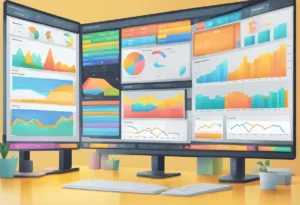
Tracking User Engagement
AR technology has become a popular tool for capturing the attention of audiences and engaging them in unique and interactive ways. One of the most important aspects of using AR for marketing is tracking user engagement. This involves measuring the level of interest and interaction that users have with AR experiences.
To track user engagement, marketers can use a variety of metrics such as impressions, shares, and views. These metrics can provide valuable insights into how users are interacting with AR experiences and can help marketers optimize their campaigns for better engagement.
Analyzing Performance Metrics
Analyzing performance metrics is crucial for measuring the success of AR marketing campaigns. Marketers can use a variety of metrics such as click-through rates, conversion rates, and engagement rates to evaluate the performance of their AR campaigns.
In addition to these metrics, marketers can also use analytics tools to gain deeper insights into the behavior of their audience. For example, marketers can use heatmaps to see where users are looking and clicking within an AR experience. This information can be used to optimize the placement of interactive elements within the experience for better engagement.
Tracking user engagement and analyzing performance metrics are essential for measuring the success of AR marketing campaigns. By using these tools, marketers can gain valuable insights into how users are interacting with AR experiences and optimize their campaigns for better engagement and performance.
Community and Learning Resources
Joining the Global AR Creator Community
For those interested in joining the global AR creator community, there are several resources available. One such resource is the Spark AR Learning Center, which provides step-by-step guides and tutorials on how to create AR effects using Spark AR. There are several online communities, such as Discord servers, that allow creators to share their work, collaborate, and get feedback from other creators.
One notable member of the AR creator community is Johanna Jaskowska, also known as Beauty3000. Jaskowska is a well-known AR creator who has created several popular AR effects, and she often shares her knowledge and expertise with other creators through her blog and social media.
Learning Centers and Tutorials
For those looking for more formal learning resources, there are several learning centers and tutorials available. The Spark AR Learning Center, mentioned earlier, is one such resource. There are several other online learning centers and tutorials that provide in-depth instruction on how to create AR effects.
Meta Spark Blog is a great resource for those looking to learn more about AR and its effects. The blog covers a wide range of topics related to AR, including tutorials, case studies, and news and updates from the AR industry.
There are many resources available for those interested in learning more about AR and its effects. Whether you are looking to join the global AR creator community or seeking more formal learning resources, there are many options available to help you get started.
Frequently Asked Questions
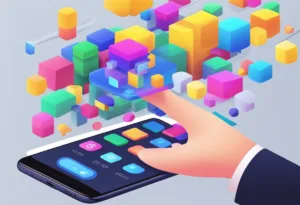
How can you create your own AR effects for social media platforms?
To create your own AR effects for social media platforms, you can use various tools like Spark AR Studio, Lens Studio, and Reality Composer. These tools allow you to create custom AR effects for popular social media platforms like Instagram, Snapchat, and Facebook. You can use 3D models, animations, and sound effects to create unique and interactive AR experiences.
What are the steps to download and use AR effects on Android devices?
To download and use AR effects on Android devices, you need to have the latest version of the Google Play Services for AR app installed on your device. Once you have installed the app, you can search for AR effects on the Google Play Store and download them to your device. To use the AR effects, you need to open the camera app on your device and select the AR effect from the list of available effects.
Where can you find free AR effects for personal or commercial use?
You can find free AR effects for personal or commercial use on various websites like Sketchfab, Poly, and TurboSquid. These websites offer a wide range of 3D models, animations, and sound effects that you can use to create custom AR effects for social media platforms. You can also find free AR effects on the official websites of social media platforms like Instagram and Snapchat.
What are some popular examples of AR effects in use today?
Some popular examples of AR effects in use today include face filters, world effects, and target tracking effects. Face filters are AR effects that allow users to add virtual makeup, accessories, and other elements to their faces. World effects are AR effects that allow users to add virtual objects, characters, and other elements to the real-world environment. Target tracking effects are AR effects that allow users to interact with virtual objects that are anchored to real-world objects like posters and billboards.
How do AR features enhance user experience on Instagram?
AR features enhance user experience on Instagram by allowing users to create and share unique and interactive AR experiences with their followers. With AR features like face filters and world effects, users can add a new dimension of creativity to their Instagram stories and posts. AR features also allow brands and businesses to create custom AR experiences to promote their products and services on Instagram.
Is the popularity of AR filters on social media increasing or declining?
The popularity of AR filters on social media is increasing, as more and more users are using AR features to create unique and interactive content for social media platforms. With the rise of AR-enabled devices like smartphones and smart glasses, the demand for AR filters and effects is expected to increase in the coming years.

